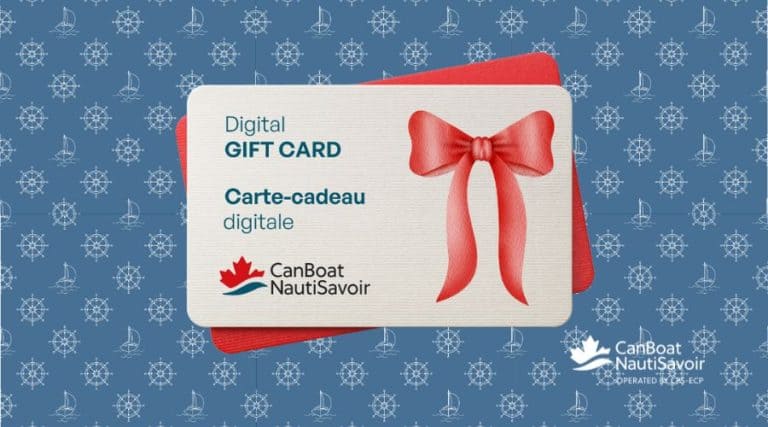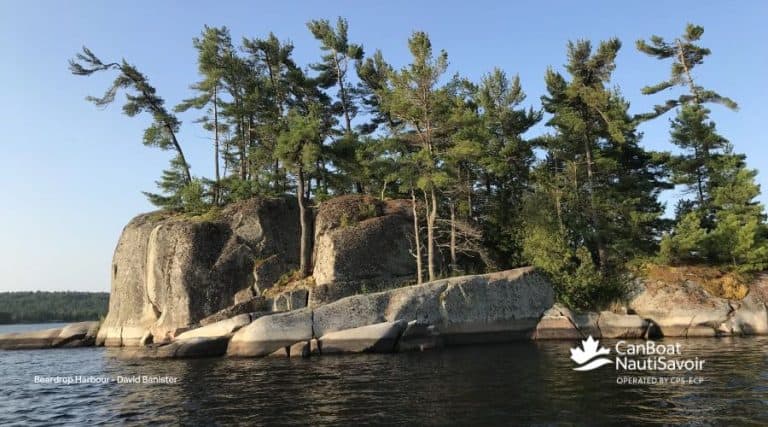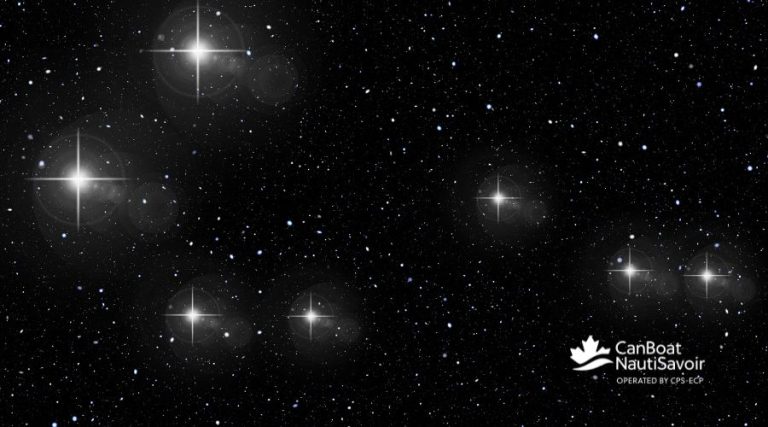CPS-ECP Years 1948 – 1958
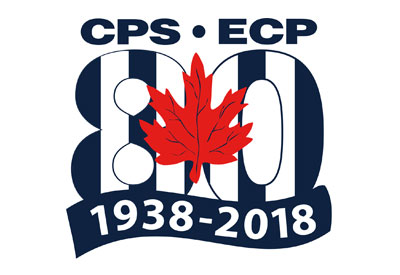
Mar 8, 2018
The first Commander of the Canadian Power Squadron (at the time also recognized as the Windsor Power Squadron) was Mr. George William Bowman. In 1938 having graduated from the Detroit Power Squadron’s Junior Piloting course, Mr. Bowman began teaching a Junior Piloting course at the Windsor Yacht Club. Also in 1938 Mr. Bowman along with his two intrepid friends (Fred Dane, George Rule) attended the Detroit Power Squadron’s Advance Piloting course. Our now nation-wide organization was increasingly being recognized as a local educational organization committed to teaching safe boating.
By 1939 many boaters in the Sarnia and London areas were very intrigued with safe boating education. However the many social and economic impacts of World War II greatly inhibited recreational boating as well as the formation of additional squadrons. With Mr. Bowman at the helm the Windsor Power Squadron (aka Canadian Power Squadron) managed to stay afloat through those early years.In 1946, after the war Mr. Bowman became Windsor Power Squadron’s first Commander. Mr. Bowman would later become the first Chief Commander of renamed Canadian Power Squadrons.
1946 saw the revival of interest in safe boating education. During that year a committee of early members designed a unique symbol for the fledgling organization. That same symbol would later become our organization’s iconic flag. While the flag’s design was the collaborative work of many Commander Bowman was officially listed as the “supervising author of the design.” On November 25, 1946 the design of the Canadian Power Squadron flag was selected.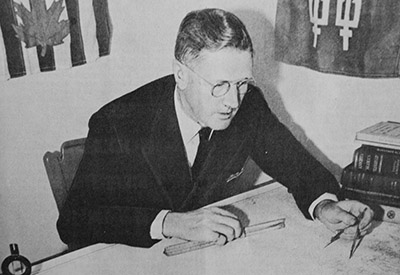
By 1947 with Mr. H. McGladdery as Chief Commander, much work was initiated to secure a Dominion Charter. The Canadian Power and Sail Squadrons’ Dominion Charter was granted in October 1947. With its Charter the Canadian Power Squadron was registered under the Companies Act of Canada. As reported by P/C/C Mr. Bruce in the February 1972 Issue of Canadian Boating Mr. Len Baker, the holder of CPS Certificate No. 1 (1947) with the help of his First Mate, produced the first Canadian Power flag in his textile plant. The Canadian Power Squadron’s flag was formally adopted by Governing Board on November 29, 1947, in Hotel London, London, Ontario. Later the following year, the official registration of the Canadian Power Squadron’s flag as an industrial design would be granted on June 14, 1948.
Fred J. Milne JN, Toronto Power and Sail Squadron
Early in 1948 members of the Sarnia Yacht Club formed the Sarnia Power Squadron with Mr. John Blunt as its squadron commander. Later the same year in October the first “national” Canadian Power Squadron’s meeting was held in Chatham, Ontario. At that “national” meeting boating groups from Sarnia, London as well as Windsor met to draft an organizational constitution as well as by-laws naming the collective as The Canadian Power Squadrons. Now the newly named Canadian Power Squadrons was to be recognized as a volunteer, not for profit organization and actions were taken to standardize safe boating courses for both squadrons.
Our organization’s iconic flag first received government approval and registration on June 14, 1948. Later at the October “national” meeting Mr. C.W. Squelch was elected as Chief Commander of a rapidly growing safe boating teaching organization. Chief Commander Squelch oversaw the first revisions to the organization’s constitution and bylaws. Primarily the changes made to our organization’s constitution saw the formation of Districts placing District Commanders as members of the Board rather than Squadron Commanders.
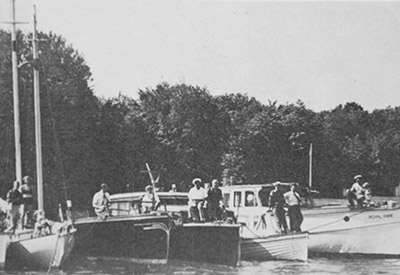 In November 1949 the first Canadian Power Squadrons’ Annual General Meeting and Conference was held at the Royal York Hotel in Toronto with representatives from Windsor, London, Port Dover, Toronto and Hamilton. With so many interested boating squadrons in attendance the focus of the organization centered on local squadrons.
In November 1949 the first Canadian Power Squadrons’ Annual General Meeting and Conference was held at the Royal York Hotel in Toronto with representatives from Windsor, London, Port Dover, Toronto and Hamilton. With so many interested boating squadrons in attendance the focus of the organization centered on local squadrons.
1952: Midland Power Squadron. Midland was the youngest Squadron in CPS at that time.
By 1950, safe boating education had become such a focus forlocal squadrons a Training Department was established headed by a Canadian Power Squadrons’ Director as well as representatives from each squadron. With Dr. Gordon Calder as newly elected Chief Commander the Canadian Power Squadrons’ membership doubled. Dr. Calder was one of originators of the London Power Squadron. The first edition of The Port Hole made its appearance as a news sheet in 1951. Published by newly formed Toronto Squadron, it consisted mainly of squadron reports. The Port Hole would later become the official publication of the Canadian Power Squadrons.
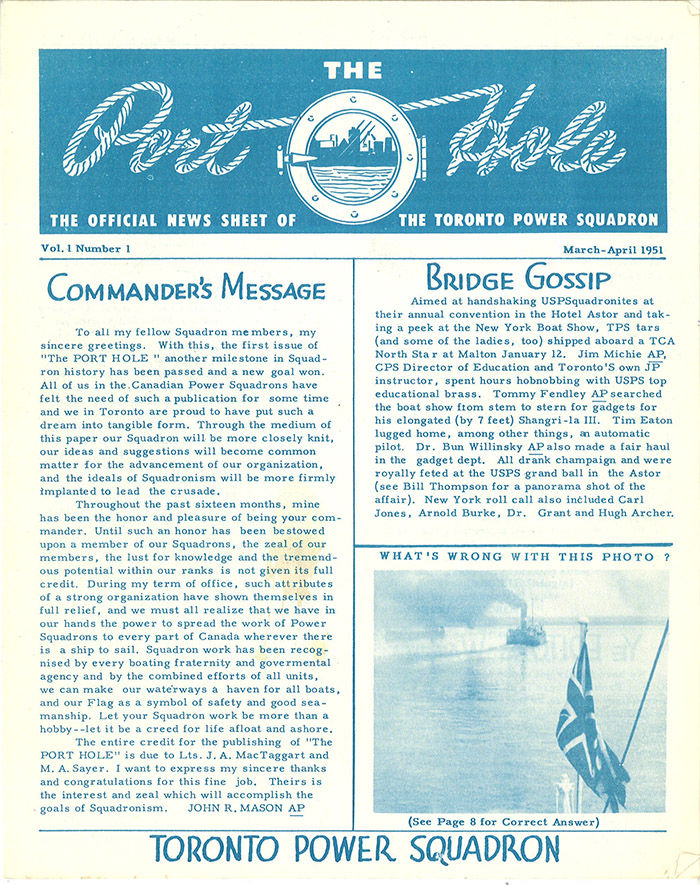
Mr. C.R. Lunt was Chief Commander from 1952 until 1955. In 1955, the first squadron to be established on the West Coast was chartered in Vancouver. The following two years witnessed phenomenal growth with six more squadrons being chartered. The Canadian Power Squadrons’ former Executive Vice Commander Mr. W.E. Thompson was elected Chief Commander in 1954. Mr, Thompson served as Chief Commander from 1954 until 1956 when Mr. E.T. Rebouf was next elected as Chief Commander. He served from 1956 until 1958.
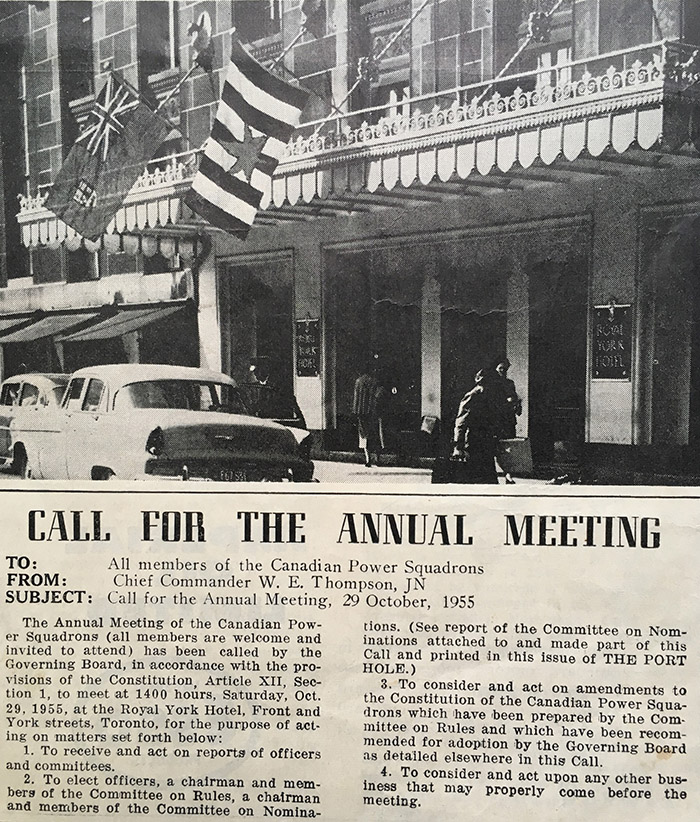
By 1958, the rapid expansion of Canadian Power Squadrons necessitated the formation of Districts, each with its own District Commander and Training Officer. Districts would become operative at the 1959 Annual Conference.
By Don Macintosh

